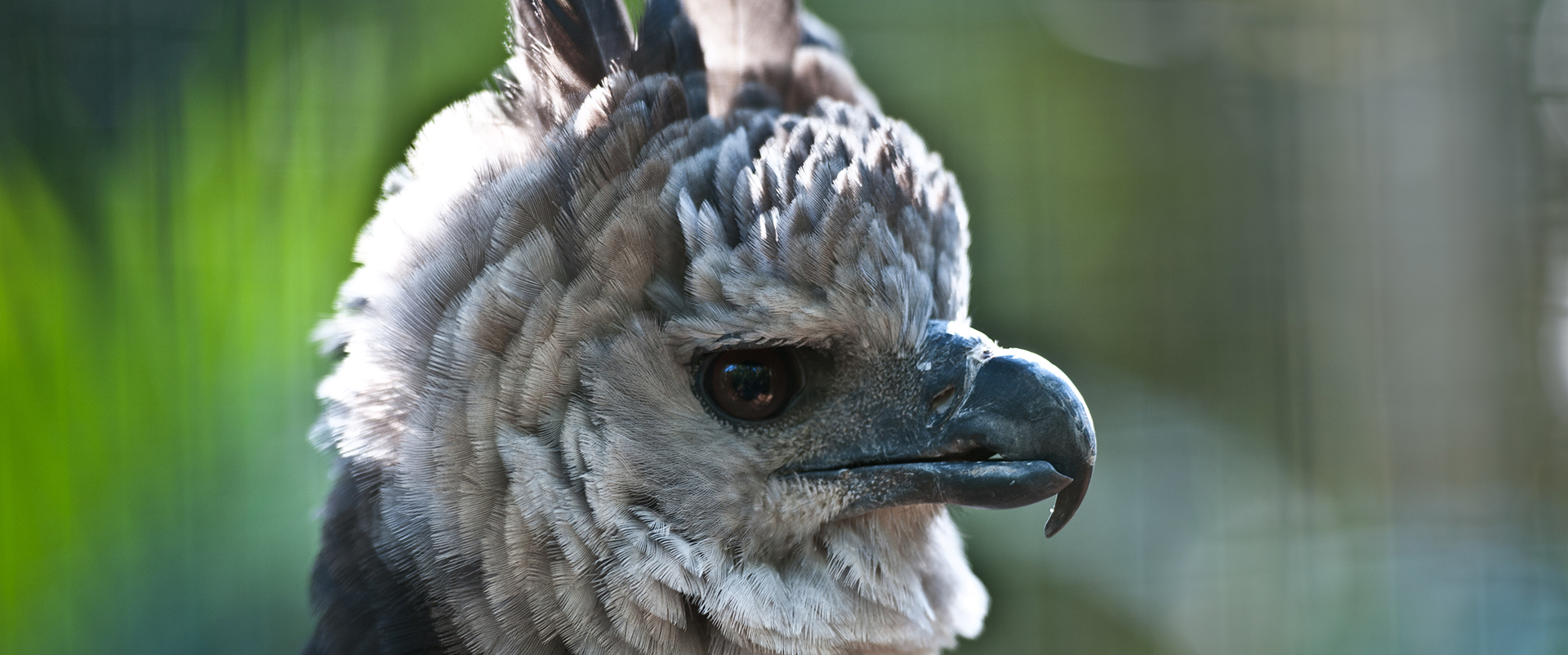
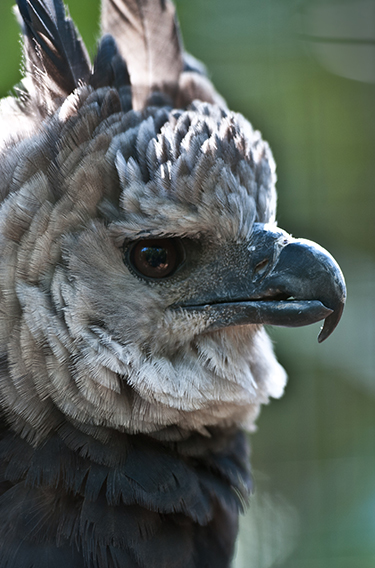

THE HARPY EAGLE IS
ALMOST EXTINCT IN THE
ATLANTIC RAINFOREST
The harpy eagle (Harpia harpyja), also known as the royal-hawk, is an eagle that can be found from Mexico all the way down to Argentina.
It is considered the largest eagle of the Americas and has a wingspan of more than 2 meters! The female weighs approximately 9 kg while the male weighs around 5 kg. Despite its size, the harpy eagle flies without calling the attention of its prey. They feed on animals that have arboreal habits, which means that they live in trees. Sloths, monkeys, curassows, and macaws are some of the species that are part of the harpy eagle’s menu.
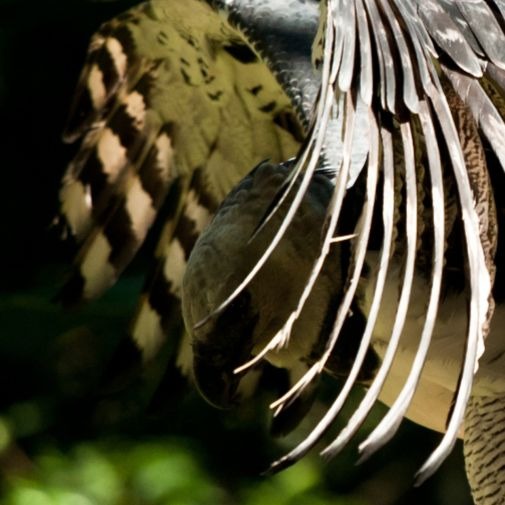
 |
THE HARPY EAGLE IS ALMOST EXTINCT IN THE ATLANTIC RAINFOREST |

The harpy eagle (Harpia harpyja), also known as the royal-hawk, is an eagle that can be found from Mexico all the way down to Argentina.
It is considered the largest eagle of the Americas and has a wingspan of more than 2 meters! The female weighs approximately 9 kg while the male weighs around 5 kg. Despite its size, the harpy eagle flies without calling the attention of its prey. They feed on animals that have arboreal habits, which means that they live in trees. Sloths, monkeys, curassows, and macaws are some of the species that are part of the harpy eagle’s menu.
Sensitive to changes caused by man, the harpy is threatened with extinction mainly due to urbanization, deforestation, and hunting, especially in the Atlantic Rainforest biome. Increasingly rare, it is classified as vulnerable to extinction in the country and has already been extinct locally in various regions and considered almost extinct in the Atlantic Rainforest biome.
Harpy eagles usually lay one to two eggs, and when there are two chicks, only one survives. The parents take care of it for about 2 years, even after it is already flying and hunting by itself. Because of this, the reproduction of the harpy eagle is slow, which makes the bird run the risk even more of disappearing.
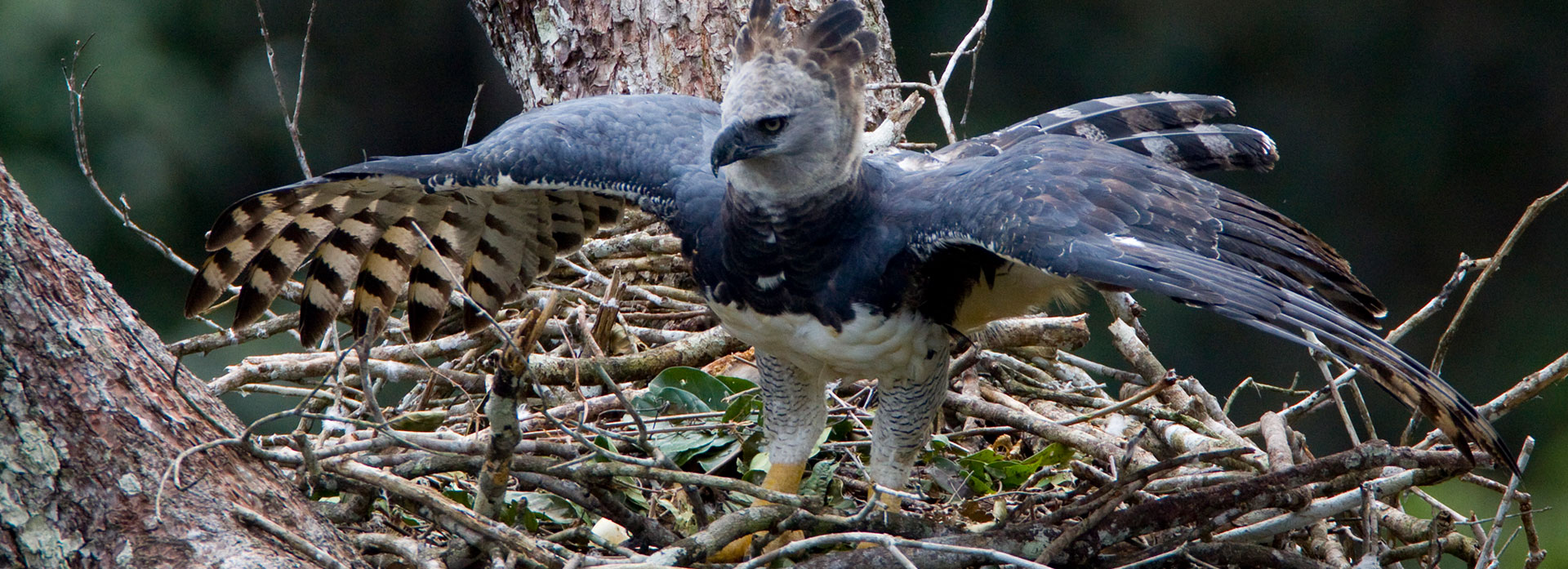
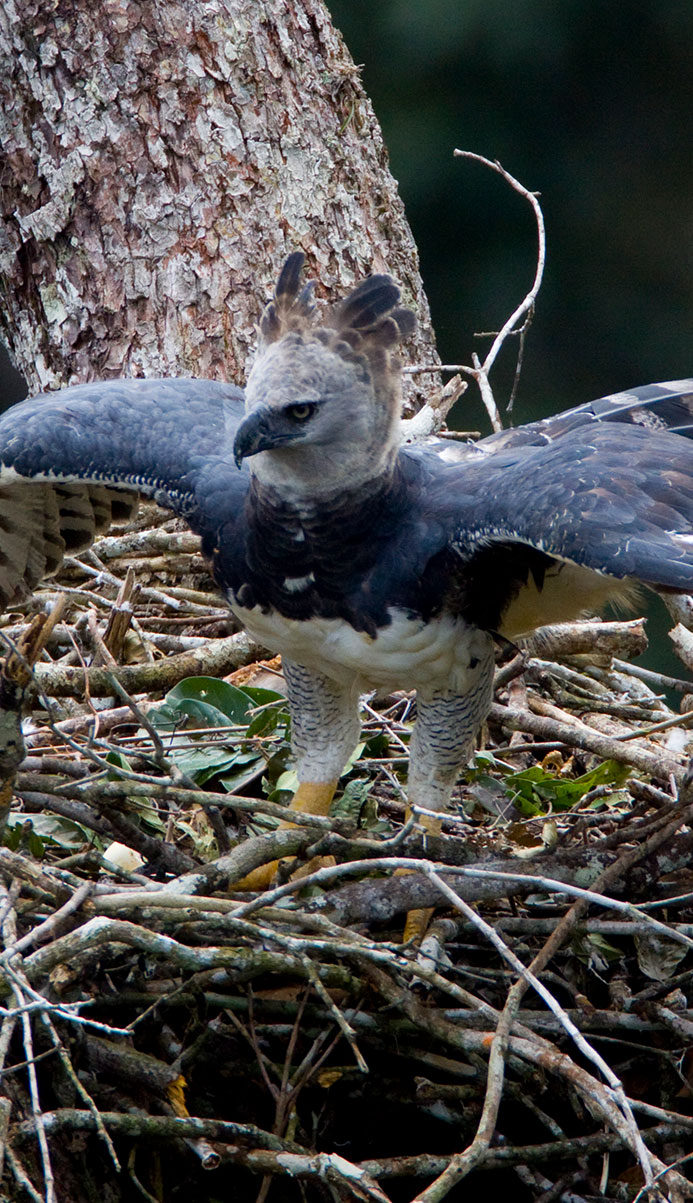
Pictures above and right: Harpy Eagle Project
To circumvent this problem and make this process a little faster, many institutions that reproduce this animal under human care usually artificially incubate harpy eagle eggs. This way the mother is free to lay other eggs soon after since it doesn’t have to spend years caring for just one chick, which is taken care of by a team of humans. The conservation of the species becomes easier with this technique.
The Harpy Eagle Project coordinates in situ and ex situ actions for the species.

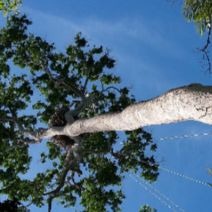
 Every day from 8:30am to 5:30pm
Every day from 8:30am to 5:30pm Prices
Prices


